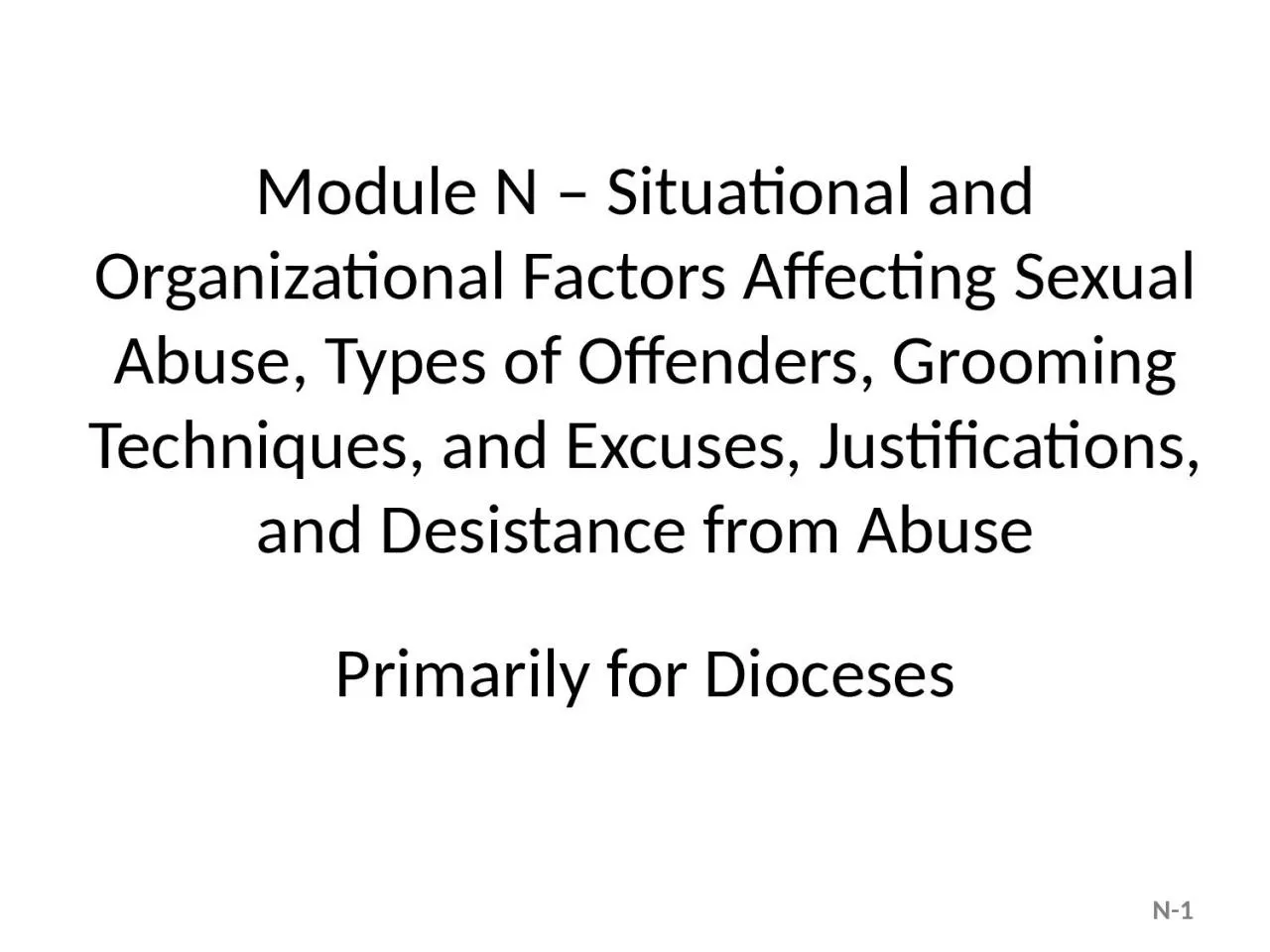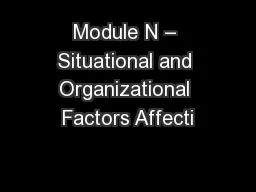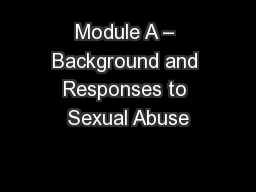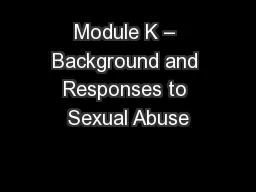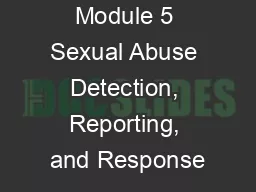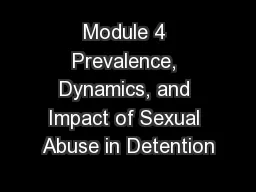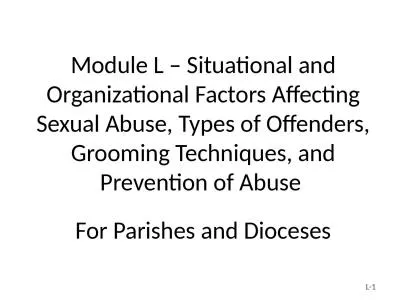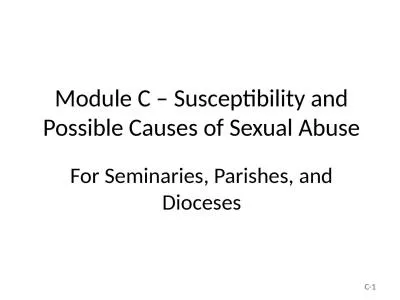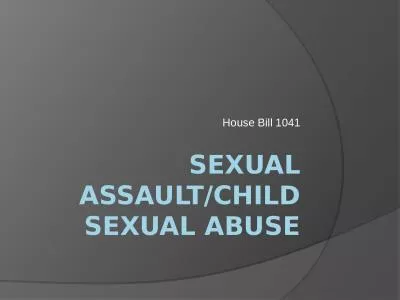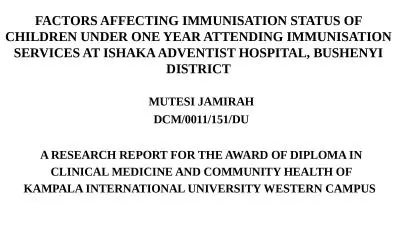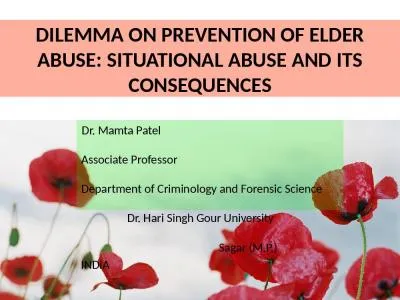PPT-Module N – Situational and Organizational Factors Affecting Sexual Abuse, Types
Author : lucinda | Published Date : 2023-05-26
of Offenders Grooming Techniques and Excuses Justifications and Desistance from Abuse Primarily for Dioceses N 1 Understanding Sexual Abuse of Minors by Catholic
Presentation Embed Code
Download Presentation
Download Presentation The PPT/PDF document "Module N – Situational and Organizatio..." is the property of its rightful owner. Permission is granted to download and print the materials on this website for personal, non-commercial use only, and to display it on your personal computer provided you do not modify the materials and that you retain all copyright notices contained in the materials. By downloading content from our website, you accept the terms of this agreement.
Module N – Situational and Organizational Factors Affecting Sexual Abuse, Types: Transcript
Download Rules Of Document
"Module N – Situational and Organizational Factors Affecting Sexual Abuse, Types"The content belongs to its owner. You may download and print it for personal use, without modification, and keep all copyright notices. By downloading, you agree to these terms.
Related Documents

